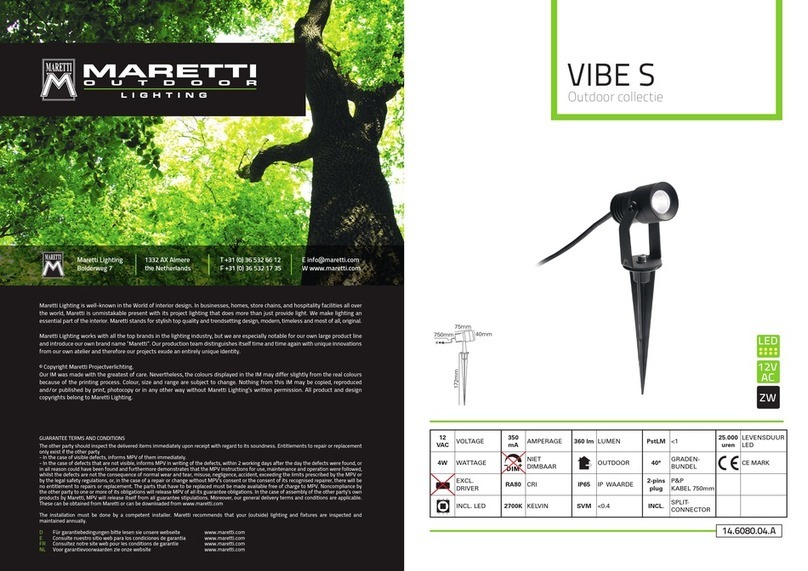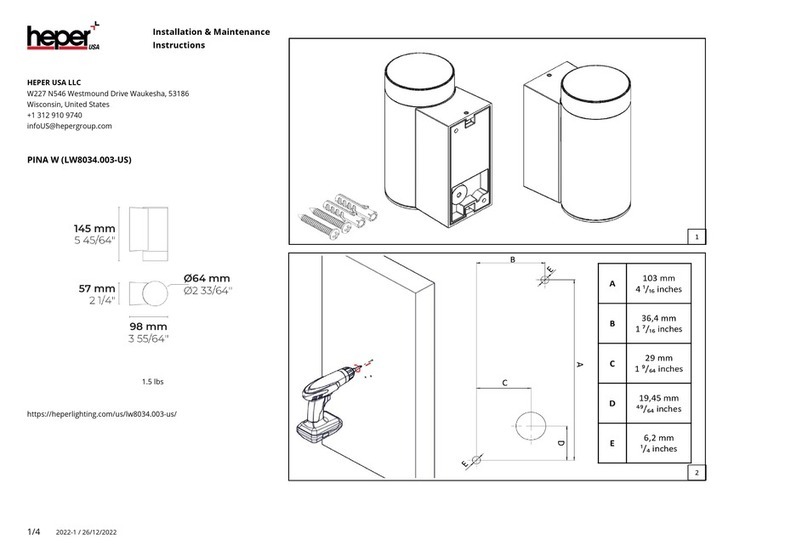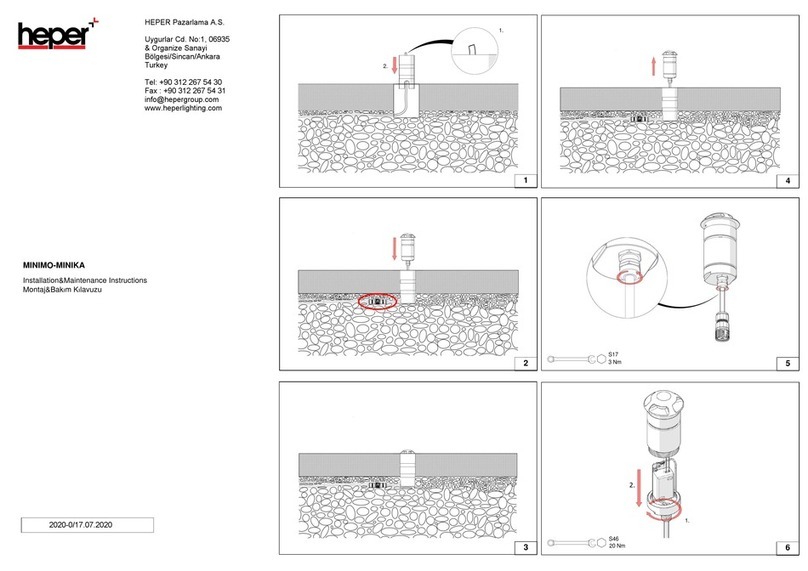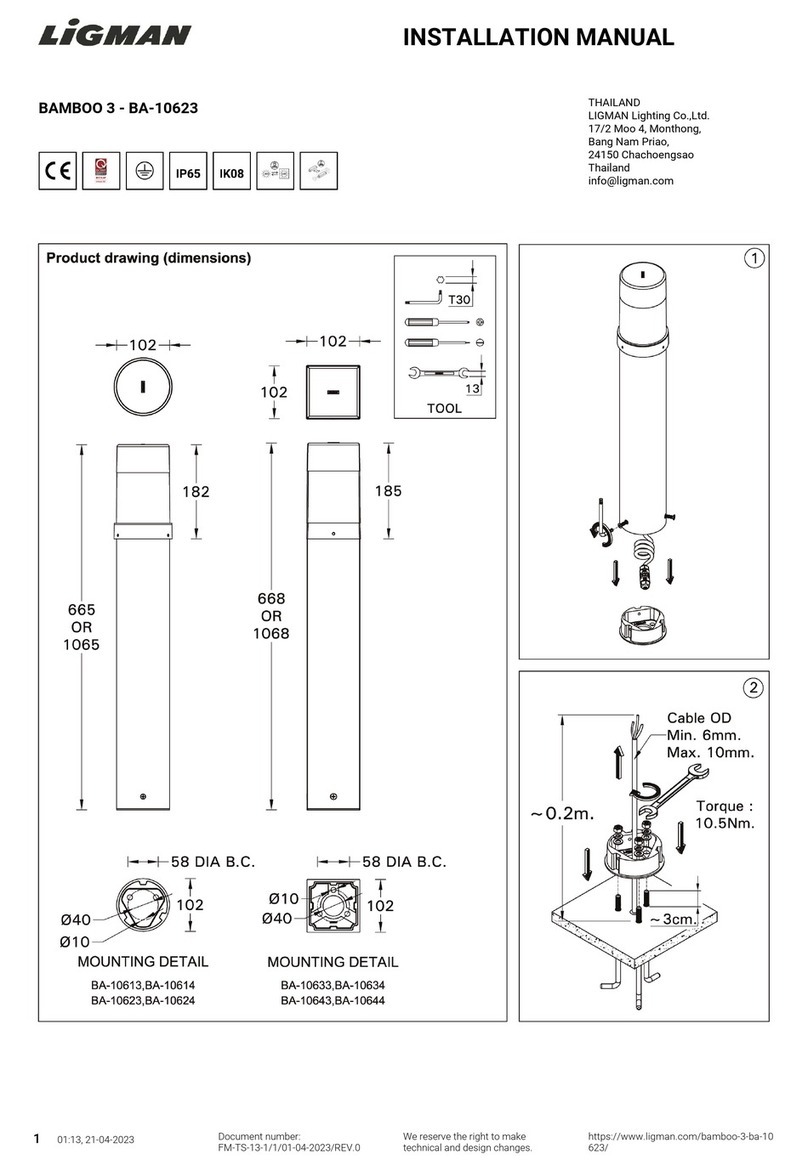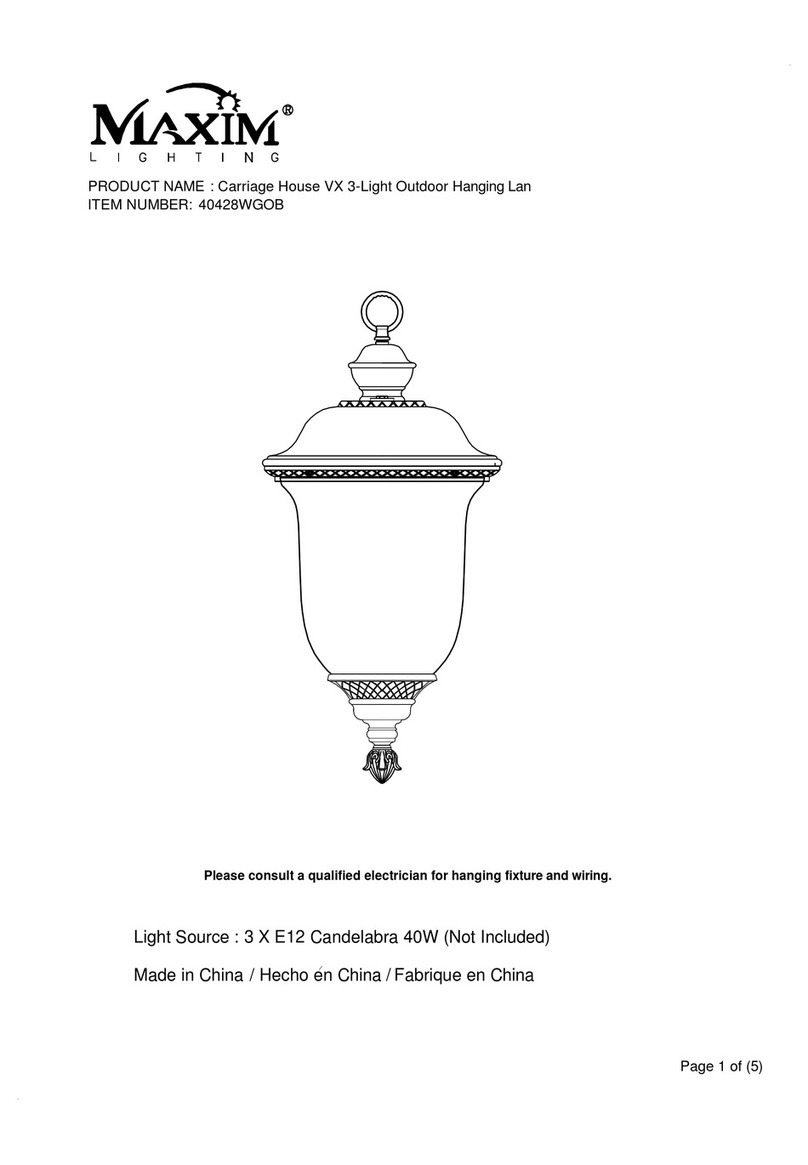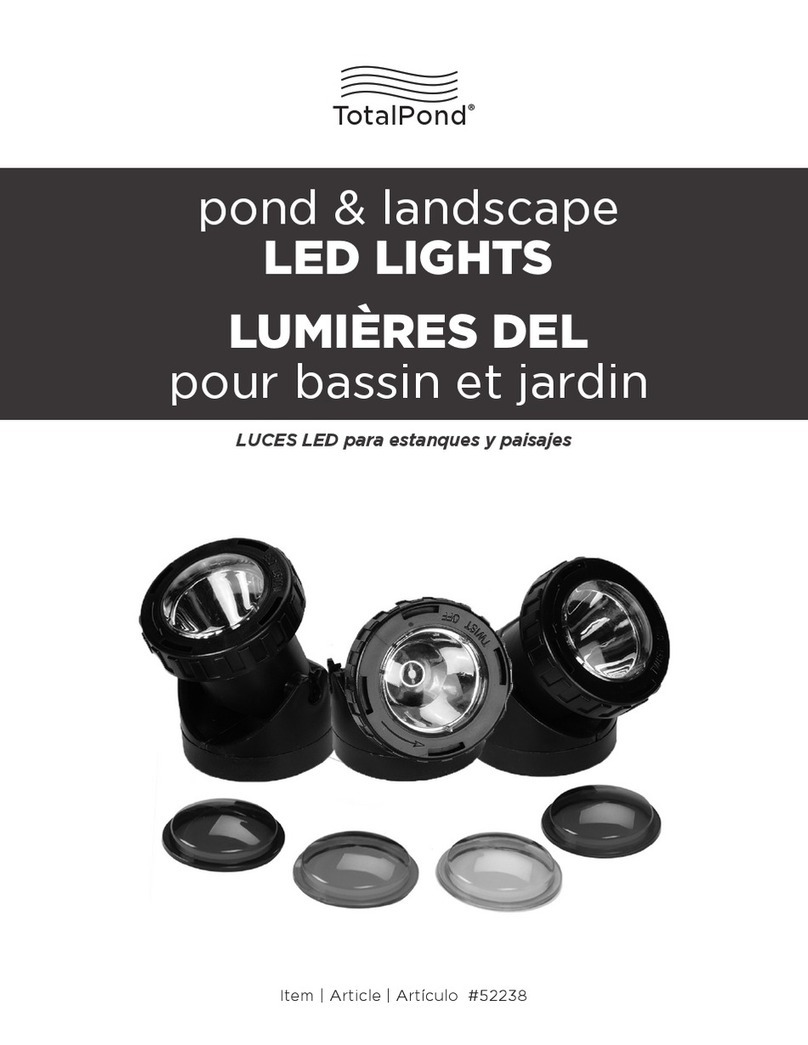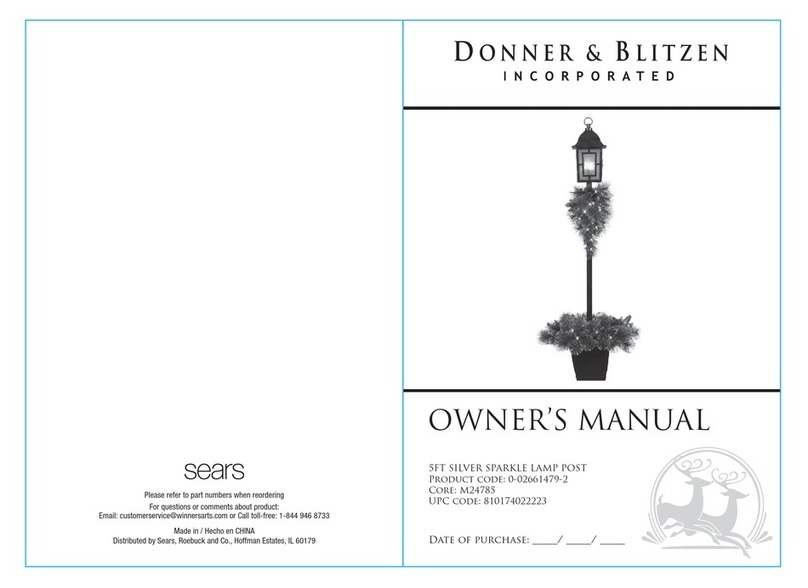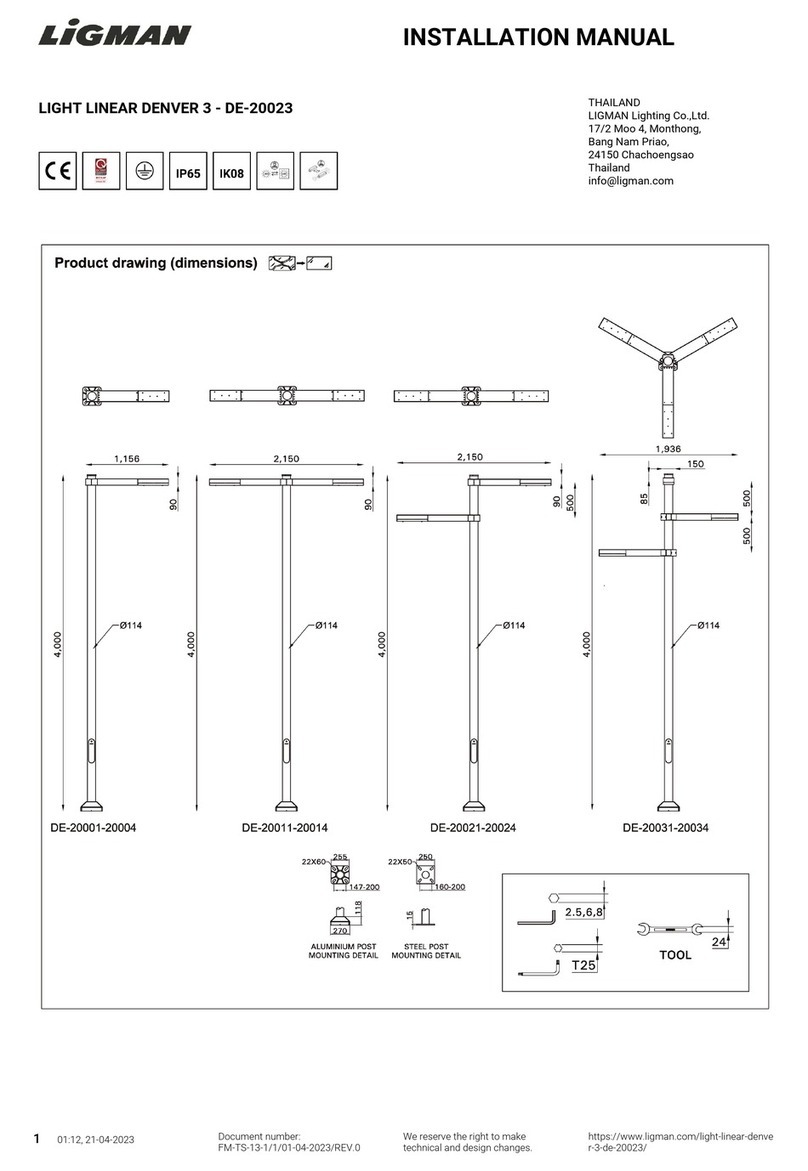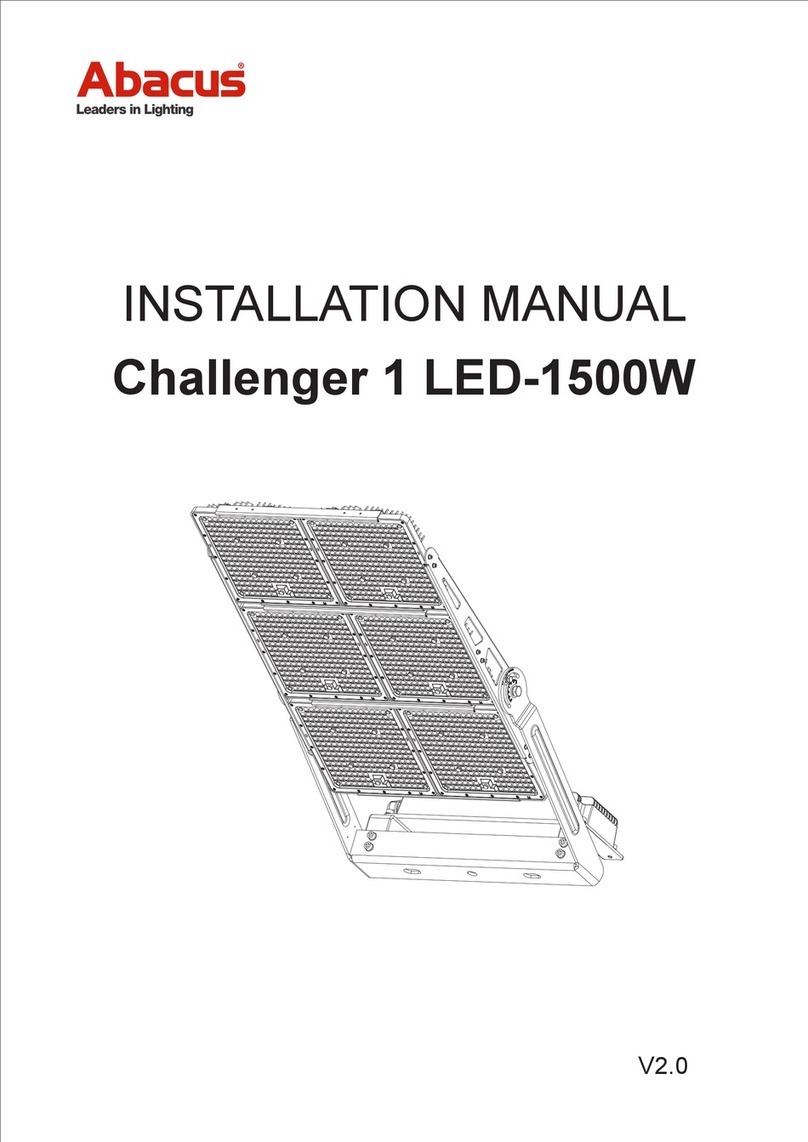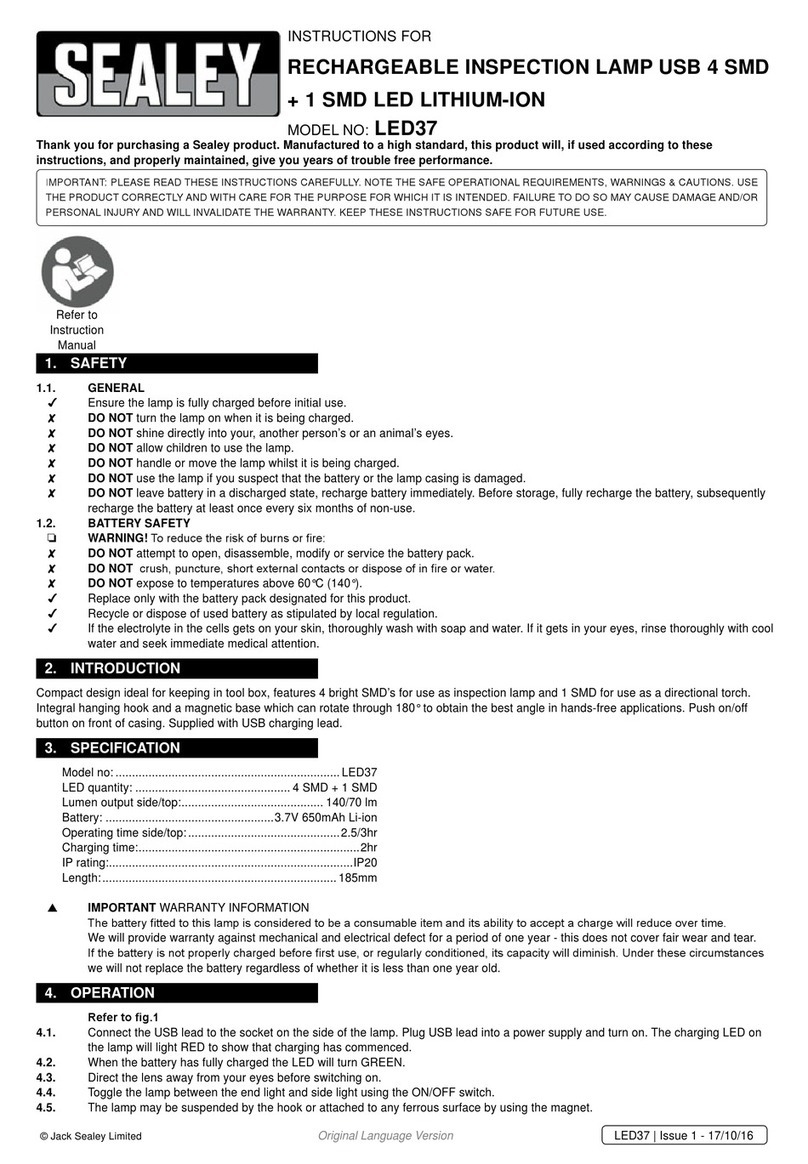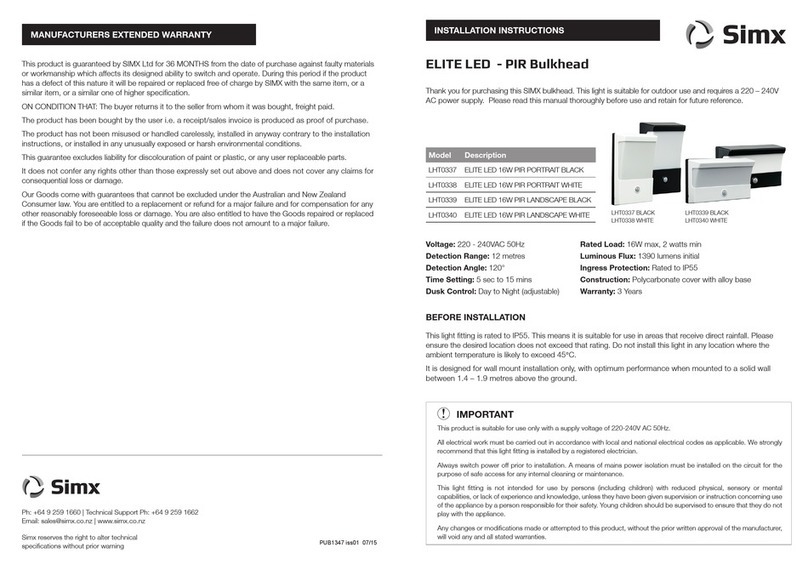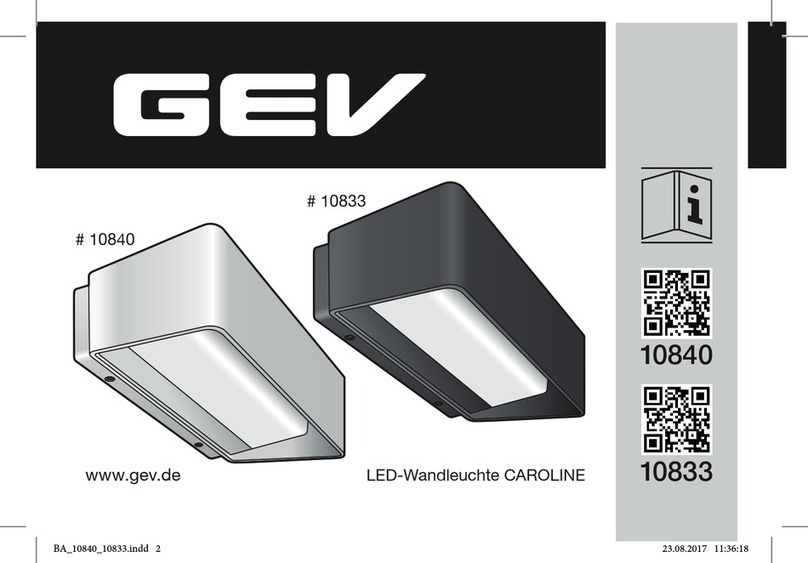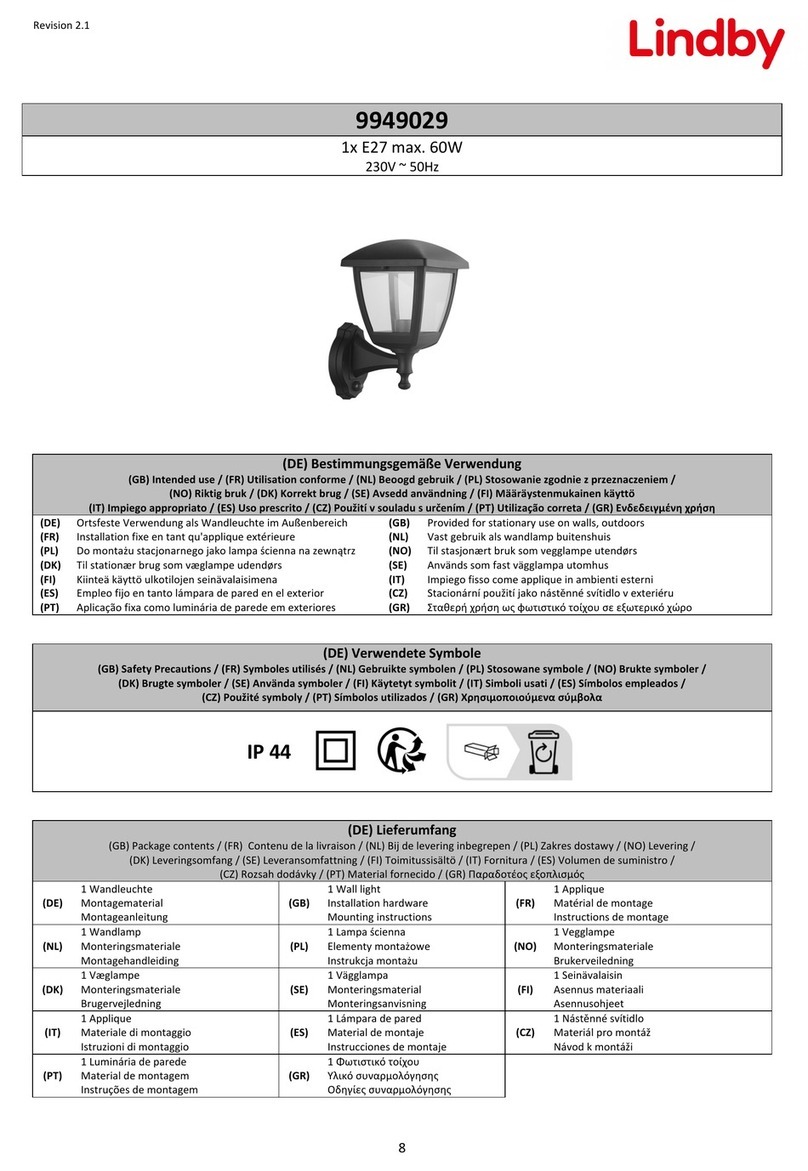Abacus Lighting, Sutton-in-Ashfield, Nottinghamshire, NG17 5FT, England. Tel: (+44) 01623 511111, www.abacuslighting.com
1
Product Manual
November 2022
1. Safety ........................................................................................................................ 2
2. Installation................................................................................................................ 3
2.1. General ....................................................................................................................................... 3
2.2. Mast Positioning ........................................................................................................................ 3
2.3. Mast Assembly ........................................................................................................................... 4
3. Operation .................................................................................................................. 7
3.1. General ........................................................................................................................................7
3.2. Moving the Counterbalance (RLH5 only) ................................................................................ 8
3.3. Checks Before Use ..................................................................................................................... 8
3.4. Fitting the Ram to the Mast ...................................................................................................... 9
3.4.1. HL250 Mast (RLH5 only) ..................................................................................................... 9
3.4.2. HL250 Mast (RLH7 only)...................................................................................................... 9
3.4.3. HL330 Mast ........................................................................................................................... 9
3.5. Lowering the Mast ....................................................................................................................10
3.6. Raising the Mast ....................................................................................................................... 11
3.7. Removing the Ram ...................................................................................................................12
3.7.1. HL250 Mast ..........................................................................................................................12
3.7.2. HL330 Mast ..........................................................................................................................12
3.7.3. Depressurising Procedure ....................................................................................................12
4. Maintenance ........................................................................................................... 14
4.1. Mast Type Identification ..........................................................................................................14
4.2. Masts ......................................................................................................................................... 15
4.2.1. Every Time the Mast is Lowered.......................................................................................... 15
4.2.2. Every 12 Months ................................................................................................................... 15
4.2.3. As Required ...........................................................................................................................15
4.3. Counterbalances .......................................................................................................................16
4.4. Hydraulic Hoses .......................................................................................................................19
5. EN 1090 Certificate of Conformity ..........................................................................20
6. CE Marking ............................................................................................................. 21
7. Environmental Advice............................................................................................. 22
7.1. General ..................................................................................................................................... 22
7.2. Information.............................................................................................................................. 22
8. Equipment Classification ........................................................................................ 23

